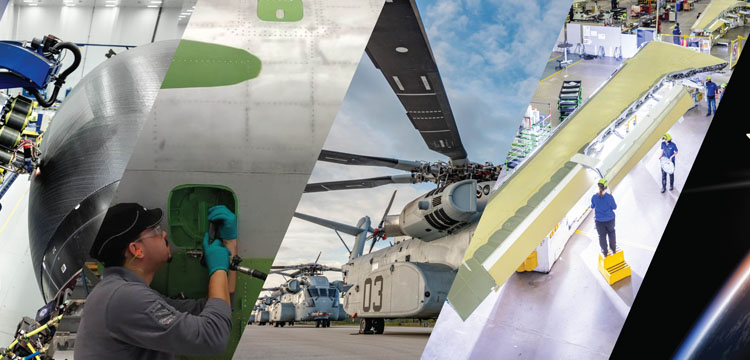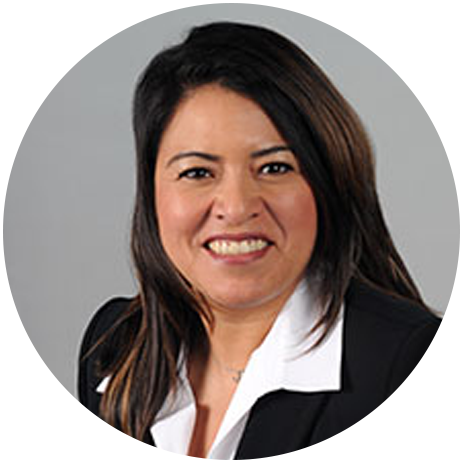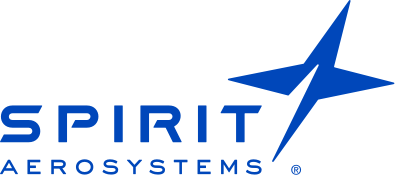

How to Lead for Equity & Inclusion in the Workplace
Author: Amy Williams, Director, Global Culture, Community Relations and Diversity, Equity & Inclusion, Spirit AeroSystems
We each have a role in creating a diverse, equitable and inclusive workplace. It’s not something that should only come from the top. To fully experience it, it must be reflected in all employees, at all levels every day, from the shop floor employees to the executive leadership team and everyone in between.
So, what does that mean?
It means we each have the opportunity—and responsibility—to positively impact the culture we want. One in which we feel valued, a sense of belonging and a connection.
Just because you may not have “lead” in your job description, or have people reporting to you, you’re still a leader. We all are. Effective leadership comes from all different areas and levels within the organization. Here are a few ways you can lead for equity and inclusion in the workplace to create an environment that celebrates diversity and honors individual experiences and values.
Understand your company’s DE&I initiatives
If you haven’t done so already or simply need a refresher, take a look at your company’s DE&I vision (and if there isn’t one documented, recommending the company does so is a great opportunity to showcase your leadership). What is it trying to accomplish? What kinds of goals are in place? How has the company defined “diversity, equity and inclusion?”
Our approach within Spirit, for instance, is focused on creating an engaging and inclusive environment for all employees. And our employees are leading the efforts in multi-faceted ways to encompass the unique needs of people from all levels of the organization all over the world.
By starting with what the company is doing, you can envision where you fit in the broader picture, how you can get involved, and what else you might want to change.
 “
“
Just because you may not have "lead" in your job description, or have people reporting to you, you’re still a leader. We all are. Effective leadership comes from all different areas and levels within the organization.
”Ask yourself three questions
Having a company-wide, documented DE&I structure in place is important. But the critical piece of it comes down to each of us as individuals and being open to our own—and each other’s—journeys. So, no matter where you might be, consider these three questions.
1. What visible action am I taking?
If you believe in feeling connected, valued and psychologically safe at work, how are you externalizing that and turning it into action?
Sometimes, words can be action. It’s having a conversation; it’s sharing genuinely kind words of appreciation; it’s demonstrating a collaborative mindset that intentionally welcomes others in who are different than you.
But as many of us have experienced, words fall flat when there isn’t meaning or additional action behind them.
It’s behavior role-modeled every day that proves you not only support but are actively working to build an equitable and inclusive workplace. That’s what will move the needle.
Many organizations have employee business resource groups (EBRGs) that champion specific dimensions of diversity and can be an effective way to take action. For instance, Spirit has four EBRGs, and while each is allied with a purpose, anyone is welcome to join. They’re critical in advancing purpose-driven business strategies powered by employees who care.
Another way to get involved is by setting your own goals or, if you’re a people leader, setting goals for your team. Consider what your company is trying to accomplish regarding DE&I and work to align some of your goals to that shared vision.
2. What’s your commitment to building connections and relationships with your coworkers?
To build a truly inclusive environment, high performing teams focus on building trust and connection. As a result, they know more about each other than just the surface level, beyond the initial responses of “fine” or “good” when asked how we’re doing.
I’m not saying you need to be best friends with everyone—or even like everyone. That’s unrealistic.
But for the people who rely on you daily and on whom you rely, collaboration is far more conducive when the entire team has each other’s backs and has built trusted relationships. This connection can happen intuitively with some teammates, such as those with whom we share commonalities. But for those where that is not so much the case, it can take more intentional effort. It’s normal; keep at it. And if you’re a people leader, mentor and develop your team to celebrate differences, providing intentional opportunities for them to connect.
3. What’s your commitment to continue growing your awareness and understanding of your blind spots, also known as unconscious bias?
We’re each on our own journey. If you’re honest with yourself, what’s your commitment to doing the ongoing hard work of growing your awareness of some of the “blind spots” you have, acknowledging them, and then working to understand perspectives different than yours?
Are you able to stay curious, be courageous, and lean into the uncomfortable? Are you open and able to receive feedback? Can you give yourself and others grace, particularly when things get challenging or awkward?
What’s your propensity to grow and change through these questions?
Think about how you can continue to reflect on yourself and your actions and allow yourself to improve from there.
Keep growing in your DE&I journey
Culture isn’t built overnight, and an equitable, inclusive workplace cannot happen from the top down. By definition, an equitable, inclusive workplace respects everyone’s voice. No matter who you are or what your job title is, you have the power to enact change. What steps can you take?
Read more to learn about the DE&I initiatives Spirit has in place.



